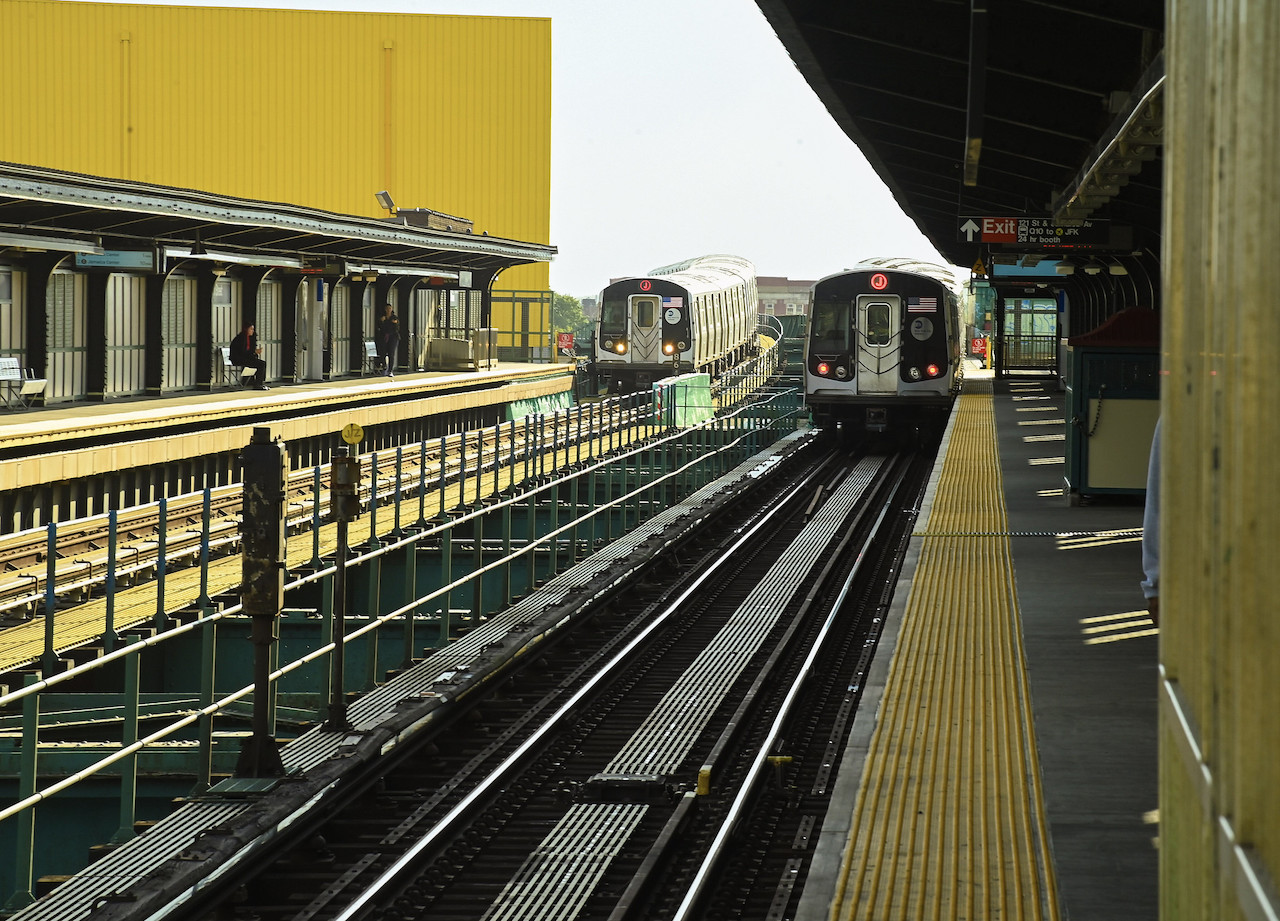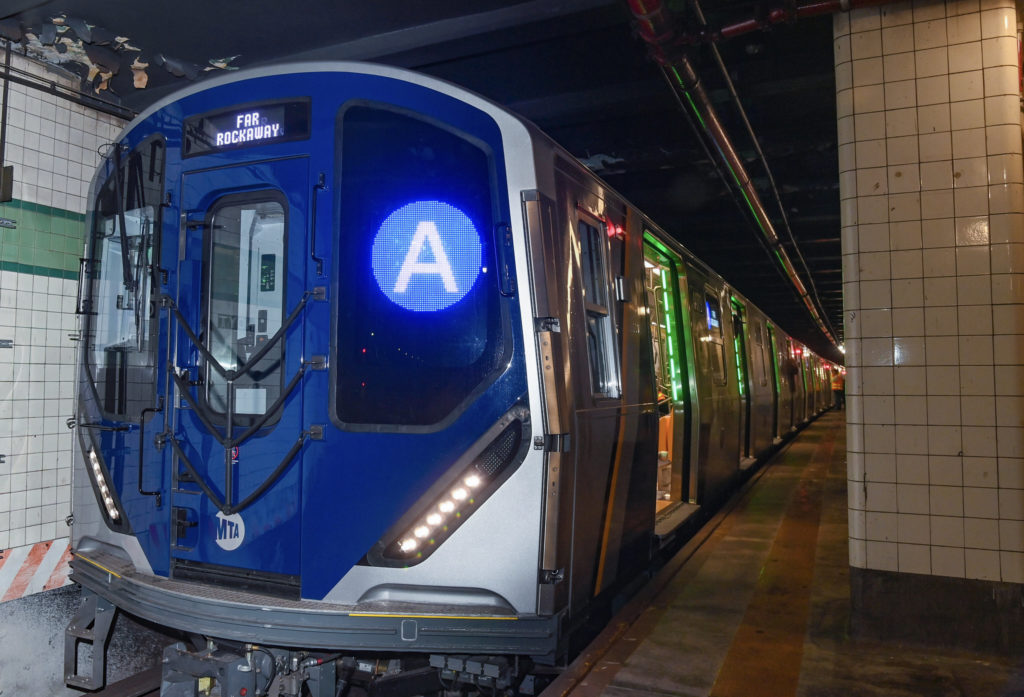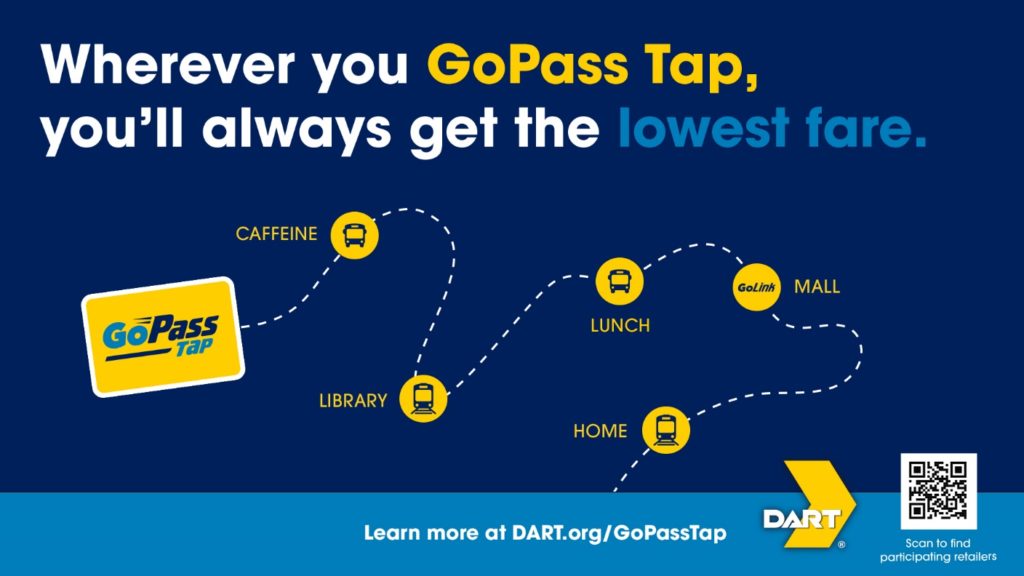
Transit Briefs: NYMTA, VIA Rail, SMART, DART
Written by Carolina Worrell, Senior Editor
MTA photo
The New York Metropolitan Transportation Authority (MTA) announces 14 additional subway stations to be refurbished as part of New York City Transit’s (NYCT) Re-NEW-Vation Program and adds a second R211 train to the A Line. Also, VIA Rail Canada’s (VIA Rail) new President and CEO Mario Peloquin announces plans to renew trains 82 and 83; the Sonoma-Marin Area Rail Transit District (SMART) secures critical funding for construction of extensions to Windsor and Healdsburg; and Dallas Area Rapid Transit (DART) introduces new GoPass Tap Card retail network.
NYMTA
The New York MTA on June 29 announced that 14 additional subway stations will receive aesthetic and functional upgrades as part of NYCT’s Station Re-NEW-Vation Program, which “utilizes planned weekend service outages to perform upgrades, repairs and enhanced cleaning in stations within a 55-hour window.”
Upcoming stations to receive upgrades include:
- Lexington Avenue/59th Street (N, R, W)
- 18th Avenue (F)
- 145th Street (1)
- Marcy Avenue (J, Z, M)
- 157th Street (1)
- Avenue I (F)
- Stutter Avenue (L)
- Spring Street (C, E)
- Carnarsie – Rockaway Parkway (L)
- Neireid Avenue (2, 5)
- Atlantic Avenue (L)
- 7th Avenue (B, Q)
- Junction Boulevard (7)
- Hoyt-Schermerhorn (A, C, G)
This past weekend crews completed the 37th “Re-NEW-vation” with restorative work undertaken at the 121st Street subway station in Richmond Hill, Queens. Transit employees installed new LED fixtures to brighten darkened areas, repaired concrete tripping hazards, cleaned service and emergency lighting, remediated water damage, and scrubbed and repainted station surfaces. The station uplift also included refurbishment of transit employee facilities within the station as customers will now be able to enjoy a cleaner, brighter and revitalized 121st Street station.
The Station Re-NEW-Vation Program is one of the major initiatives in NYCT’s Faster, Cleaner and Safer plan to improve the subway customer experience. NYCT has already enhanced 37 stations to date, including East 143rd Street – St Mary’s Street, Castle Hill Avenue and Buhre Avenue in the Bronx, and plans to complete 50 “re-NEW-vations” by the end of 2023.
“Providing faster, cleaner, and safer service to improve customer satisfaction is our North Star at NYCT, and the expansion of the Station Re-NEW-Vation Program delivers on that mission,” said NYC Transit President Richard Davey. “Customers told us that they want cleaner, more inviting station environments, and we listened. These 14 additional stations will fulfill our pledge to re-NEW-vate 50 stations by the end of 2023, as we leverage planned outages at stations to bring visible, tangible improvements to the customer experience.”

Additionally, MTA announced June 29 that following a successful pilot phase, a second R211 train has been put into service starting on Thursday.
The first R211 train from Kawasaki debuted along NYCT’s A Line on March 10 following a ribbon-cutting at the Inwood-207th Street terminal in Upper Manhattan. The R211 cars, the agency says, are a “critical part of the MTA’s ongoing modernization efforts” and feature 58-inch-wide door openings that are eight inches wider than standard door openings on existing cars—designed to speed up boarding and reduce the amount of time trains sit in stations.
The cars are part of a 2018 order for 535 R211a model cars, which included 440 standard closed-end cars, 20 open-gangway cars, and 15 five-car trains for MTA Staten Island Railway. (NYCT on Feb. 3 showcased one of the two open-gangway cars undergoing testing at the Coney Island Yard in Brooklyn.)
VIA Rail
VIA Rail trains 82 and 83 are “on track for a return to the Toronto-Brantford-London corridor,” according to a CTV News London report.
A meeting on June 29 between Canada’s Transport Minister Omar Alghabra, VIA Rail, Metrolinx and southwestern Ontario mayors “yielded immediate results for commuters—and a commitment to improve passenger rail across the region,” according to the report.
According to the CTV News London report, VIA Rail’s new President and CEO Mario Peloquin “emerged from the roundtable discussion at Western University with a surprise announcement.”
“We are going to renew trains number 82 and 83, most likely in the fall. We have a few little t’s to cross and i’s to dot,” Peloquin told CTV News London.
According to the report, the decision to cut the two trains, which arrived in Toronto before 9 a.m. and returned to London in the early evening, providing a critical link for daily commuters, was a “cost-cutting measure during the COVID-19 pandemic.”
Recently, an online petition was launched calling for the route to be reinstated. According to the CTV News London report, VIA Rail will have more details about the returning train routes “after an agreement is finalized with its infrastructure partners CN and Metrolinx.”
“They’ll be in Toronto before 9 a.m., and for London they’ll be back home in the early evening,” Peloquin added.
“It’s something that is important to me personally, and to our government. We will support VIA in whatever they need to make sure that it happens,” committed Transport Minister Omar Alghabra.
According to the report, the roundtable meeting also focused on longer-term passenger rail investments with Alghabra updating CTV News London on progress to bring high-frequency passenger rail service across southwestern Ontario.
SMART
SMART announced that on June 28 the agency was awarded $30 million in Senate Bill 1 Solutions for Congested Corridors Program (SCCP) funds from the California Transportation Commission (CTC) toward completing the rail system and bicycle/pedestrian pathway extension to Windsor.
With this award of SCCP funds, SMART says it can complete the Windsor extension and begin engineering and construction of critical segments of the Healdsburg extension.
The extension to Windsor is already 30% constructed and is a “necessary step in restoring passenger rail and freight service to northern Sonoma County,” SMART said. Ridership models project the Windsor station will yield some of SMART’s highest ridership.
“This is great news for the Town of Windsor and for Healdsburg and Cloverdale. With these funds, SMART is taking another big step toward accomplishing its goal of reaching Windsor, Healdsburg, and Cloverdale,” said Town of Windsor Councilmember and SMART Board member, Debora Fudge. “SMART’s rail and pathway system is an investment in quality of life for our community and in sustainable transportation for generations to come. I want to thank the Commission and the State for recognizing the importance of funding local transportation solutions.”
Resiliency and Access to Opportunity
Achieving climate resiliency and providing access to essential services, such as education, employment, healthcare and housing, “depends on a robust transportation system serving the entire North Bay,” SMART said. Extending SMART northward to Windsor, Healdsburg, and Cloverdale will “unlock opportunities for individuals residing along the entire SMART corridor.”
This investment in passenger rail service, SMART says, will reduce traffic in the highly traveled and congested Hwy 101 corridor and will bring visitors and workers to the area, “promoting economic growth, employment opportunities and resiliency.” SMART’s northward extension supports California’s Climate Action Plan by providing transportation improvements focused on first-and-last-mile connectivity, reducing vehicle miles traveled, creating a network of safe and accessible bicycle and pedestrian facilities, and integrating climate adaptive and resilient design so these facilities can endure extreme weather events.
Funding SMART Northern Extensions
The current cost estimate to complete extensions to Windsor and Healdsburg is $230.5 million, with the extension to Windsor estimated at $70 million and the Healdsburg extension at $160.5 million.
Construction for the extension to Windsor is now fully funded and construction crews are expected to begin work in late 2023. The extension to Healdsburg is partially funded with $82.2 million needed to complete the project. Preliminary plans are to construct the rail and pathway segment from Front Street to Bailhache Avenue in Healdsburg, including replacement of the bridge spanning the Russian River.
“Passenger rail service is a vital part of the North Bay’s economy and expanding the SMART railway northward will bring economic opportunities by strengthening our housing, business, and community infrastructure and creating hundreds of construction jobs,” the agency said.
Additional Facilities Funded for Construction
SMART will soon begin construction of a new station serving North Petaluma and 12 additional miles of multi-use pathway. The Petaluma North station is slated to be completed in early 2025.
Extensions to Windsor, Healdsburg and Cloverdale include extending the bicycle and pedestrian pathway connecting people to SMART passenger services for first- and last-mile transportation choices. When completed, the bicycle and pedestrian pathway—which is part of the Great Redwood Trail system—will connect communities from Marin to Humboldt County.
SMART is a popular mode of transportation for commuters, students, and leisure travelers, and 15% of riders bring bicycles onboard the train, according to the agency. SMART says it has seen a steady increase in daily ridership with the number of passengers now exceeding 2019 levels. SMART recently launched SMART Connect, an on-demand micro transit shuttle connecting the SMART Airport Station to the Sonoma County Airport and is offering free service to youth in Summer 2023.
DART
DART on June 30 announced that it has expended its network of local retailers, providing customers in all 13 service area cities the opportunity to purchase a DART GoPass Tap Card in each of their respective areas.

The cards are available for purchase and reload at local retail locations. You can find these locations by visiting gopass.org, or by contacting DART Customer Service at 214-749-1111. To activate your GoPass Tap Card, a minimum of $6.00 must be added to the card. However, you may store up to $200 on your GoPass Tap Card.
After spending $6.00 on any given day, customers will not be charged another fare until the next day. Riders with a registered GoPass Tap Card will never spend more than the total cost of a monthly pass ($96.00) in a calendar month. Each calendar month, after purchasing 16 Day Passes or the equivalent, riders will not be charged another fare until the end of that month.
GoPass® Tap card registration is required to participate in fare capping, to recover account balance if the card is lost, and to receive future incentives from DART.



